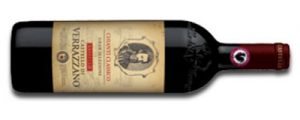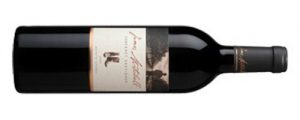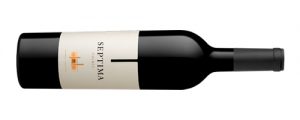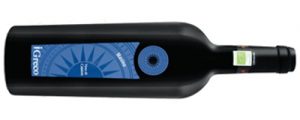Chianti of Extraordinary Excellence
2013 Castello di Verrazzano Sassello Gran Selezione $69.95 btl / $419.70 cs (case of 6 x 750ml) Chianti Classico Gran Selezione Sassello represents the highest expression of Tuscan terroir. Sassello is a single vineyard bottling made from 100% Sangiovese, harvested by hand and aged for 24 months in small French barriques. It has fine, intense and persistent fragrance of cherries, blackberries and raspberries underlined by hints of oak and vanilla. On the palate expect elegant yet complex notes of fruit, spice, oak and vanilla with closely woven tannins both smooth and pleasant joined by an equally pleasant long finish. Gran Selezione Sassello is one of the finest Sangiovese available. We were allocated only 40 cases, so don’t miss out! Price: Case of 6 at $419.70 ($69.95 per bottle) Grapes varieties: 100% Sangiovese Drink: Now or over the next 12 years Food Pairing: Bistecca Fiorentina, cured meats and hard cheeses, meat pizza Mid-19th century Baron Ricasoli created the Chianti “recipe” which called for a maximum of 70% Sangiovese and at least 15% white grapes. This produced what many remember as a quaffable but not particularly serious wine, suitable for pizza and checkered-tablecloth restaurants. In the 1970’s and 80’s there was a burst of innovation by winemakers throughout Italy frustrated that their wine laws codified mediocrity. This new wave brought production of superior wines to the market, some made with 100% Sangiovese or even outlawed French varieties like Cabernet Sauvignon and Merlot. These wines were named “Super Tuscans”, because they were outside of the Tuscan wine regulations, but they garnered tremendous international attention and demand due to their superb quality and aging potential. Despite the extraordinary interest in Super Tuscans, these wines fell into the lowest category in the appellation, Vino da Tavola or table wine, and ironically did not even qualify for export to certain countries because they were not considered “quality wines”. The same held for Sassello, a single vineyard Sangiovese that was the flagship of Castello di Verrazzano, but was classified as a lowly Vino da Tavola. The wine laws in Chianti evolved over the years to the point where white grapes where no longer required or even permitted, and Chianti Classico could even be produced from 100% Sangiovese. Finally, in 2013 the Chianti Classico Consorzio introduced a new designation, Gran Selezione, which is the top tier of Chianti Classico. Gran Selezione requires even more aging than a Riserva, with at least 30 months maturation versus 24. It also must come from a single-vineyard or an estate’s best vineyards and pass a panel tasting of experts before release. Castello di Verrazzano Sassello Gran Selezione has been produced in the same way for more than 30 years, but has had three different classifications. In a sense, its history mirrors the history of Italian appellation laws. The most recent change in the wine laws finally elevated it to the deserved Grand Selezione level which has further increased demand for this limited production wine (approx. 20,000 bottles per vintage). Uncork a piece …







